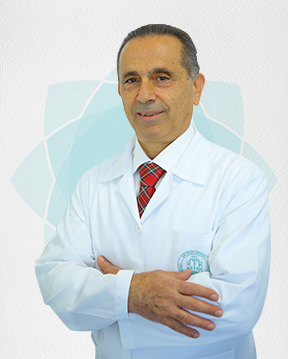
Thalassemia also known as the Mediterranean Anemia, is an inherited blood disease that is encountered in every country in the world as a result of migrations. For the occassion of 8th of May World Thalassemia Day we asked the following questions about this disease which is common in our country to Dr. Suat Günsel University of Kyrenia Hospital Internal Medicine Specialist Engin Sennaroğlu MD.:
First of all, why is the date 8th of May selected for World Thalassemia Day?
A father named as Panos Englezoz who had a son with thalassemia, led the establishment of the International Federation of Thalassemia by initiating studies around the World for the treatment and prevention of the disease. However, his son George Englezos passed away on the 8th of May in 1993 as a result of thalassemia. For this reason and also with the common decision made between the thalassemia associations around the World, 8th of May has been selected for World Thalassemia Day.
What would you like to say about Thalassemia?
‘I would like to emphasize that thalassemia, also known as Mediterranean anemia; is a genetically transmitted disease. Three main forms of thalassemia have been described: thalassemia major, thalassemia intermedia and thalassemia minor. Thalassemia can be diagnosed by blood tests. When a beta thalassemia carrier marries another beta thalassemia carrier, there is a a 25 percent chance of having a child with Beta Thalassemia disease, 25 percent chance of having a healthy child, 50 percent chance of having a child with beta thalassemia trait. Thalassemia carrier is a hereditary trait that is genetically transmitted from generation to generation, it is not a disease or contagious. Thalassemia carrier is not an obstacle for marriage, but it should be determined that the baby is healthy, unhealthy or a carrier by performing tests and taking samples during early pregnancy.
What are the symptoms and treatment methods?
Mediterranean anemia or thalassemia disease primarily manifests anemia, loss of appetite, fatigue, hepatitis, swelling of the abdomen, darker urine, abdominal distension, enlarged spleen, facial bone deformities and growth retardation. Patients usually develop symptoms of anemia after 6 months and require continuous blood transfusion. Besides blood transfusion, regular iron-binding medications are also used. The definitive treatment of the disease can be achieved by bone marrow transplantation. Patients who undergo bone marrow transplantation at an early age have higher rate of recovery.